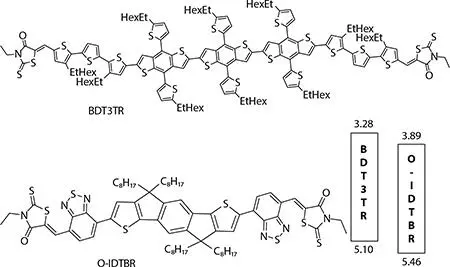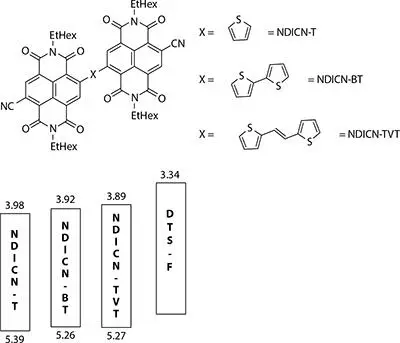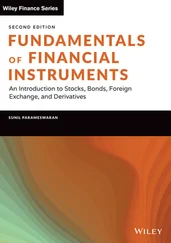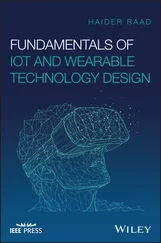
Figure 1.40 Linear BDTT linked trithiophene with rhodanine end group.
Jisu Hong et al. reported [38] the synthesis of three small-molecule acceptors ( Figure 1.41). These were two naphthalenediimides linked to thiophene - NDICN-T: i) NDICN-T linked to bithiophene—NDICN-BT and ii) NDICN-T linked to (E)-1,2-di(thiophene-2-yl)ethane—NDICNTVT. The small-molecule donor employed was DTS-F. UV-visible light absorption and photoluminescence spectra were recorded for three acceptors and one donor and were found to have considerable overlapping. PV properties were obtained by fabricating conventional or simple solar cell architecture like: ITO/PEDOT-PSS/Blend of DTS-F with acceptor molecule/LiF/Al. The blend DTS-F with NDICN-TVT gave satisfactory efficiency of 3.01. Furthermore, to probe the solar cell fabrications and efficiency, authors evaluated film morphology, femtosecond transient absorption on films, and charge transport dynamics. These investigations inform that NDI (Naphthalene Diimide) derivatives can be probed as lead molecules in further studies.

Figure 1.41 NDIs linked with spacer.
The chapter illustrates polymer donor and non-fullerene small-molecule acceptor and all small-molecule (donor and acceptor) BHJSC’s performance. It is evident from the examples cited that non-fullerene–based BHJOSCs are becoming increasingly popular and in particular all small molecule–based BHJOSCs have just started their journey and will take off further. We can say that fullerene-based BHJOSCs are becoming outdated due to their limitations and solar cell efficiency. Several examples cited in this chapter provide over 17% efficiency achieved for polymer donor and non-fullerene small-molecule acceptor and over 14% efficiency cited for all small-molecule (donor and acceptor) BHJSCs. It becomes clear that a variety of designs have been developed to make small molecules in order to test them for solar cell efficiency. It is predicted that these small-molecule BHJOSCs are expected to display higher efficiency in near future by the use of proper design of molecules and solar cell fabrications. More interestingly, all small-molecule (acceptor and donor) materials have higher advantage than polymer donor and small-molecule acceptor type solar cells. All small-molecule (acceptor and donor) design and synthesis is less expensive, and higher purity can be achieved. Their optical, thermal, and electrochemical properties are tunable by proper design of molecules. Most of the examples discussed in this chapter are not clear with stereochemistry of the terminal double bond attaching to electron withdrawing group (like rhodanine or indanone), since the E and Z isomers differ in their properties. Particularly, their dipolemoment (vector) or polarizability (tensor) may have an impact on the molecular association in the formation of films. Hence, defining the stereochemistry of double bond will improve solar cell functioning. The film morphology can be controlled by applying supramolecular chemistry interactions, while designing the small molecules. The thermal stability and photo stability coupled with high PCE will place these BHJOSCs for the possible commercial applications in the near future.
This chapter was authored purely out of academic interest to familiarize scholars about organic solar cell materials, particularly related to organic molecules. The examples covered in this review are chosen from recent literature appearing in different journals. The authors of this review are highly appreciative of the research articles published for their contributions in the area of organic solar cells. This chapter is only representative in nature and not intended to be exhaustive. Scholars are advised to go through original research publications for detailed information. The structures are also drawn briefly to give an idea about the products. The authors of this review further acknowledge the original contributors and publishers of the research articles cited here for their potential and interesting scientific work, with a larger interest in academic excellence and advancement.
VJR thanks Dr. B. Parthasaradhy Reddy, Chairman Hetero Drugs, Pvt. Ltd., and Dr. K. Ratnakar Reddy, Director HR Foundation for their encouragement. VJR also thanks CSIR, New Delhi, for Emeritus Scientist Honor.
1. Dongxue Liu, Ting Wang, XinKe, Nan Zheng, Zhitao Chang, ZengqiXie and Yongsheng Liu; Ultra-narrow band gap non-fullerene acceptors for organic solar cells with low energy loss; Mater. Chem. Front. , 3, 2157, 2019.
2. Yong Cui, Huifeng Yao, Jianqi Zhang, Tao Zhang, Yuming Wang, Ling Hong, Kaihu Xian,BoweiXu, Shaoqing Zhang, Jing Peng, Zhixiang Wei,Feng Gao & Jianhui Hou; Over 16% efficiency organic photovoltaic cells enabled by a chlorinated acceptor with increased open-circuit voltages; Nature Communications , 15, 2515, 2019; https://doi.org/10.1038/s41467-019-10351-5.
3. Bin Kan, HuanranFeng, Huifeng Yao, Meijia Chang, Xiangjian Wan, Chenxi Li, JianhuiHou & Yongsheng Chen; A chlorinated low-bandgap small-molecule acceptor for organic solar cells with 14.1% effi cy and low energy loss; Science China Chemistry ., 1-7, 2018.
4. Huifeng Yao, Yu Chen, Yunpeng Qin, Runnan Yu, Yong Cui, Bei Yang, Sunsun Li, Kai Zhang, and JianhuiHou; Design and Synthesis of a Low Bandgap Small MoleculeAcceptor for Efficient Polymer Solar Cells; Adv. Mater ., 28, 8283–8287, 2016.
5. Huifeng Yao, Yong Cui, Runnan Yu, BoweiGao, Hao Zhang, and JianhuiHou; Design, Synthesis, and Photovoltaic Characterization of a Small Molecular Acceptor with an Ultra-Narrow Band Gap; Angew. Chem. Int. Ed., 56, 3045–3049, 2017.
6. Huifeng Yao, Long Ye, Junxian Hou, Bomee Jang, Guangchao Han, Yong Cui,Gregory M. Su, Cheng Wang, Bowei Gao, Runnan Yu, Hao Zhang, Yuanping Yi,Han Young Woo, Harald Ade, and Jianhui Hou; Achieving Highly Efficient Nonfullerene Organic Solar Cells with Improved Intermolecular Interaction and Open-Circuit Voltage; Adv. Mater. 29, 1700254, 2017.
7. Yunlong Ma, Meiqi Zhang, Yu Yan, Jingming Xin, Tao Wang, Wei Ma, Changquan Tang, and Qingdong Zheng; Ladder-Type Dithienonaphthalene-Based Small-Molecule Acceptors for Efficient Nonfullerene Organic Solar Cells; Chem. Mater. , 29, 7942–7952, 2017.
8. Yuze Lin, Fuwen Zhao, Shyamal K. K. Prasad, Jing-De Chen, Wanzhu Cai,Qianqian Zhang, Kai Chen, Yang Wu, Wei Ma, Feng Gao, Jian-Xin Tang,Chunru Wang, Wei You, Justin M. Hodgkiss, and Xiaowei Zhan; Balanced Partnership between Donor and Acceptor Components in Nonfullerene Organic Solar Cells with >12% Efficiency; Adv. Mater., 30, 1706363, 2018.
9. Jie Zhang, Baofeng Zhao, Yuhua Mi, Hongli Liu, Zhaoqi Guo, Guojun Bie, Wei Wei, Chao Gao, Zhongwei An; A New Wide Band gap Small Molecular Acceptor Based on Indenofluorene Derivatives for Fullerene-Free Organic Solar Cells; Dyes & Pigments , 140, 261–268, 2017.
10. Oh Kyu Kwon, Mohammad AfsarUddin, Jung-Hwa Park, Sang Kyu Park, Thanh Luan Nguyen, Han Young Woo, and Soo Young Park; A High EfficiencyNonfullerene Organic Solar Cell with Optimized Crystalline Organizations; Adv. Mater., 28, 910–916, 2015.
11. Sunsun Li, Long Ye, Wenchao Zhao, Shaoqing Zhang, Harald Ade, and Jianhui Hou; Significant Influence of the Methoxyl Substitution Position on Optoelectronic Properties and Molecular Packing of Small-Molecule Electron Acceptors for Photovoltaic Cells; Adv. Energy Mater ., 7, 1700183, 2017.
Читать дальше














